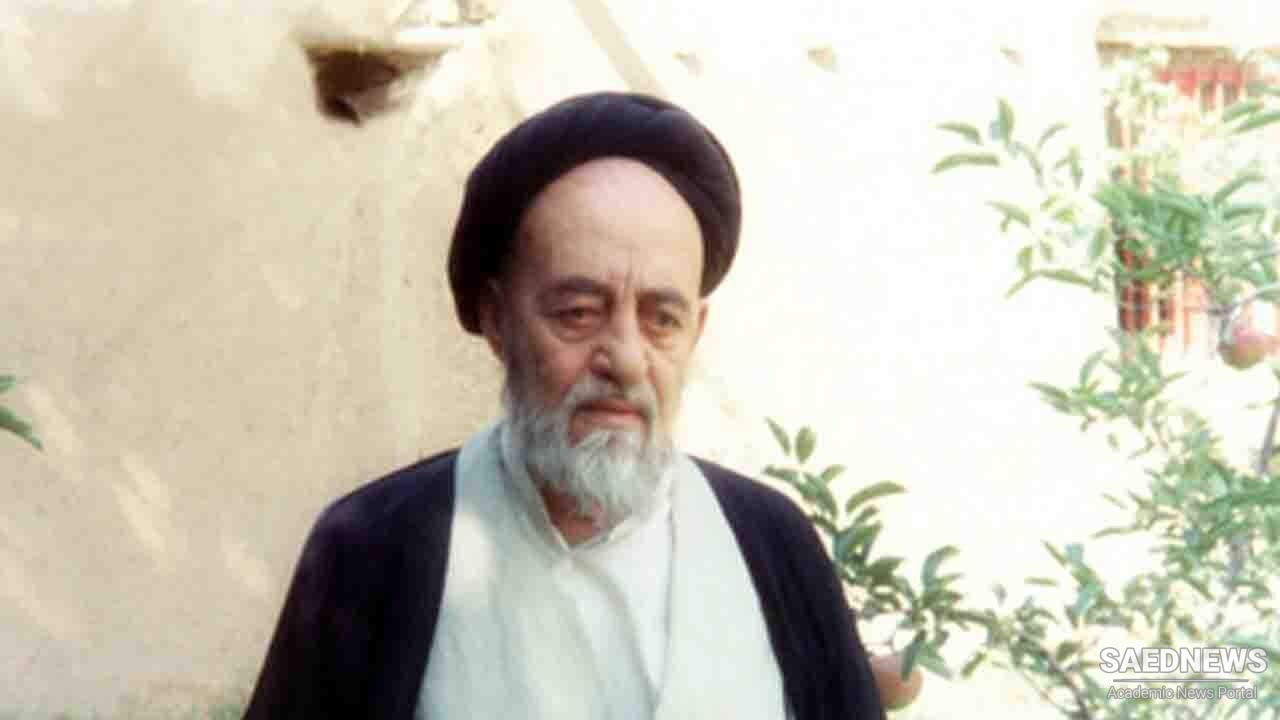(Each one of the Shi’ite scholars of hadith had assembled sayings he had collected from the Imams in a book called Asl, or Principles.) The book of Kulayni known as Kafi is divided into three parts: Principles, Branches, and Miscellaneous Articles, and contains 16,199 hadiths. It is the most trustworthy and celebrated work of hadith known in the Shi’ite world. Three other works which complement the Kafi are the book of the jurist Shaykh-i Saduq Muhammad ibn Babuyah Qumi(d. 381/991), and Kitab al-tahdhib and Kitab al-istibsar, both by Shaykh Muhammad Tusi (d. 460/1068).
Abu’l-Qasim Ja’far ibn Hasan ibn Yahya Hilli (d. 676/1277), known as Muhaqqiq, was an outstanding genius in the science of jurisprudence and is considered to be the foremost Shi’ite jurist. Among his masterpieces are Kitab-i mukhtasar-i nafi’ and Kitab-i sharayi’, which have been passed from hand to hand for seven hundred years among Shi’ite jurists and have always been regarded with a sense of awe and wonder.
Following Muhaqqiq, we must cite Shahid-i Awwal (the First Martyr) Shams al-Din Muhammad ibn Makki, who was killed in Damascus in 786/1384 on the accusation of being Shi’ite. Among his juridical masterpieces is his Lum’ahi dimashqiyah which he wrote in prison in a period of seven days. Also we must cite Shaykh Ja’far Kashif al-Ghita’ Najafi (d. 1327/1909) among whose outstanding juridical works is Kitab kashf al-ghita’.
Khwajah Nasir al-Din Tusi (d. 672/1274) is the first to have made kalam a thorough and complete science. Among his masterpieces in this domain is his Tajrid al-iteqed which has preserved its authority among masters of this discipline for more than seven centuries. Numerous commentaries have been written on it by Shi’ites and Sunnis alike. Over and above his genius in the science of kalam, he was one of the outstanding figures of his day in philosophy and math�ematics as witnessed by the valuable contributions he made to the intellectual sciences. Moreover, the Maraghah observatory owed its existence to him.
Sadr al-Din Shirazi (d. 1050/1640), known as Mulla Sadra and Sadr al-Muta’allihin, was the philosopher who, after centuries of philosophical development in Islam, brought complete order and harmony into the discussion of philosophical prob�lems for the first time. He organized and systematized them like mathematical problems and at the same time wed philosophy and gnosis, thereby bringing about several important developments. He gave to philosophy new ways to dis�cuss and solve hundreds of problems that could not be solved through Peripatetic philosophy. He made possible the analysis and solution of a series of mystical questions which to that day had been considered as belonging to a domain above that of reason and beyond comprehension through rational thought. He clarified and elucidated the meaning of many treasuries of wisdom, contained in the exoteric sources of religion in the profound metaphysical utterances of the Imams of the Household of the Prophet, that for centuries had been considered as insoluble riddles and usually believed to be of an allegorical or even unclear nature. In this way gnosis, philosophy and the exoteric aspect of religion were completely harmonized and began to follow a single course.


 The Method of Shi’ism in Authenticating and Following the Hadith
The Method of Shi’ism in Authenticating and Following the Hadith














































